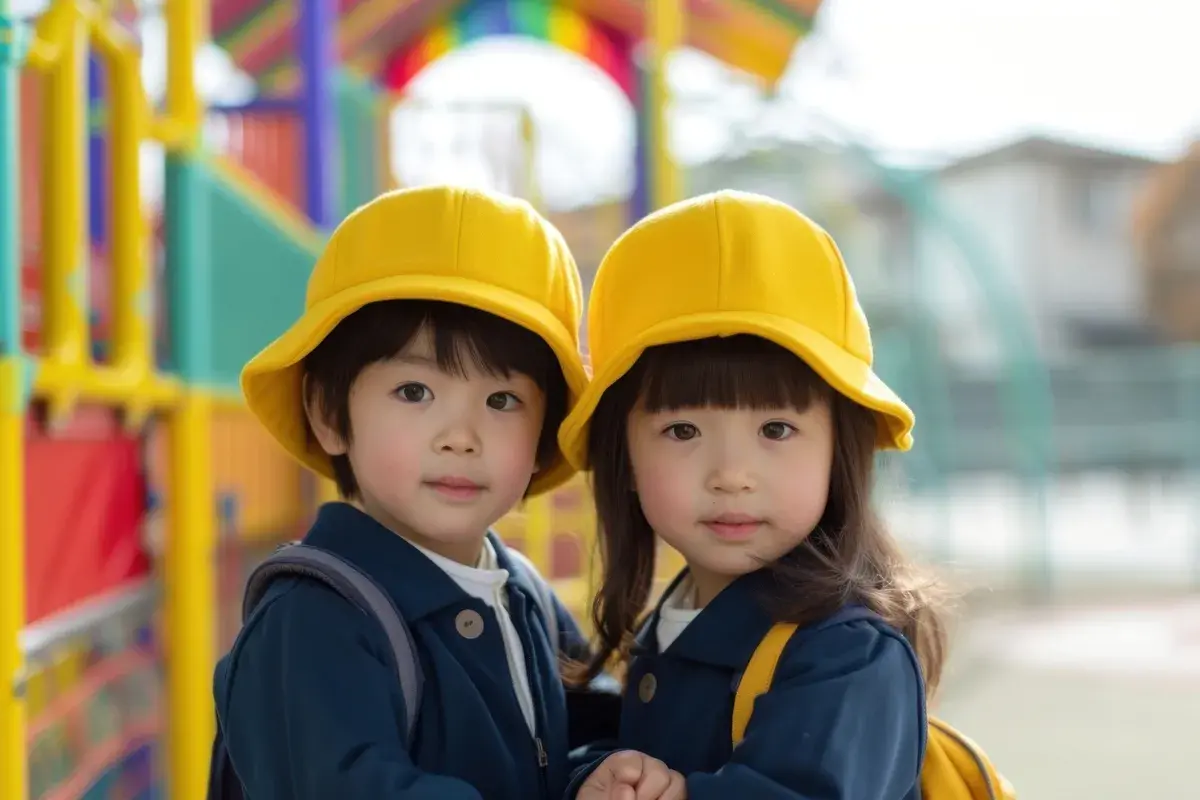The report also shows that the number of deaths in the archipelago in that year was a record of 1,590,503, more than double the number of births.

The number of births in Japan in 2023 was a record low of 758,631, a year-on-year decrease of 5.1%, according to a preliminary demographic report published this Tuesday by the Ministry of Health, Labor and Welfare.
2023 was the eighth consecutive year of decline in the number of births in the Asian country, which includes those of the immigrant community, confirming an even grayer horizon for the territory’s nationals.
The Japanese Government has been trying to reverse this trend with various measures, including last year’s increase in subsidies for tests during pregnancy or childbirth (not covered by social security), monthly allowances per child or subsidies for schooling, among others.
The number of marriages in 2023 in Japan was 489,281, a decrease of 5.9% year-on-year, below the half-million barrier for the first time in 90 years, which poses poor prospects for trying to reverse the fall in births.
The number of divorces in that year was 187,798, an increase of 2.6% compared to the previous year, in its first increase in four years. The separations were stopped with the scourge of the covid-19 pandemic and its impact on the financial situation of the Japanese, but took a turn last year with the improvement of the situation.
The report also shows that the number of deaths in the archipelago in that year was a record of 1,590,503, more than double the number of births, resulting in its largest reduction in population volume to date, of 831,872 people. .
Population decline in Japan has accelerated since the health crisis and the current demographic aging trend suggests that by 2024, more than half of the population could be over 50 years old or older.
According to data from the National Bureau of Statistics, Japan’s current population is 123.9 million people.
As the number of people of working age declines, concern is growing in Japan about the sustainability of the economy and the national social security system, whose premiums have been rising in recent years to cope.
While the fertility rate continues to fall year after year in Japan and stands at 1.3 children per woman, according to the latest data from the Executive, that of Nagi, located in the prefecture of Okayama (west of Japan), was at 2.68 children per woman in 2021 and had its peak in 2019, when it reached 2.95 children.
For its mayor, Masachika Oku, the key to its success lies in creating an environment in which couples decide to have children and this includes not only financial aid, but also other measures to not isolate families, especially women. , and create flexible work opportunities.
“We must focus on creating an environment in which people can live, since the foundation of our town is its people and without them, we will have to give up many services,” he explains in an interview with EFE during a press tour in the zone.







